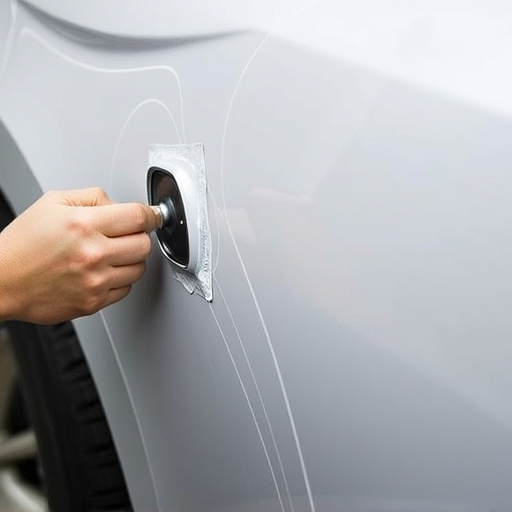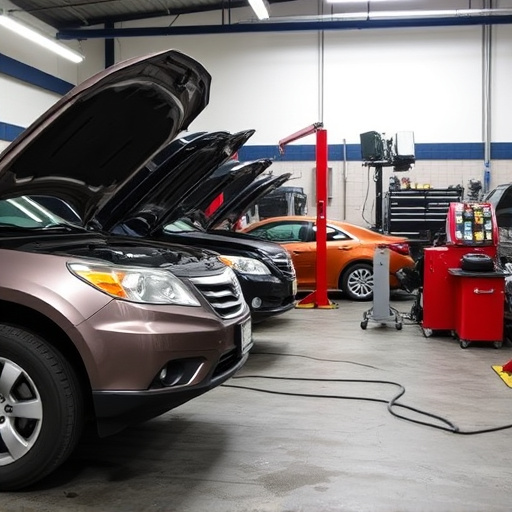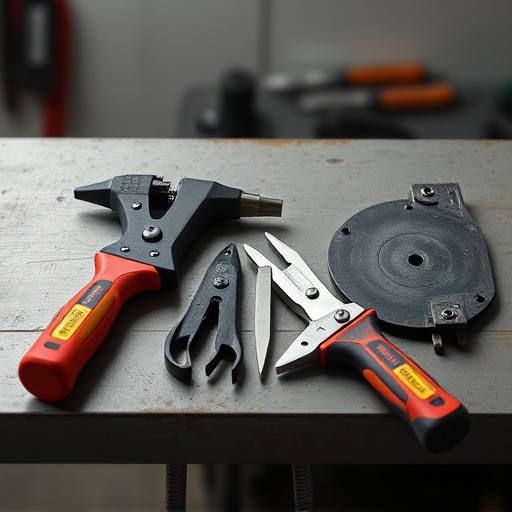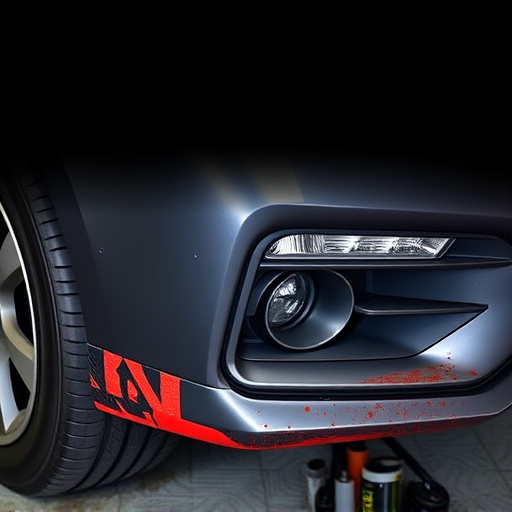Tesla's Model 3 relies on advanced battery protection systems that use sensors and microcontrollers to monitor temperature, pressure, and current flow. These systems respond swiftly to detect sudden impacts, isolating the battery or redirecting energy to minimize damage, preserving integrity and long-term performance. Tesla Battery Protection Repair services address software/hardware issues like voltage fluctuations, thermal management problems, and external damage, extending battery lifespan with proactive measures and timely repairs.
“Tesla Battery Protection Repair: A Comprehensive Guide for Model 3 Owners. Tesla’s advanced battery systems are pivotal to the electric vehicle experience, but like any sophisticated technology, they require care and attention. This article delves into understanding Tesla battery protection, exploring common issues afflicting Model 3 batteries, and offering practical repair solutions. We also provide maintenance tips to optimize your battery lifespan, ensuring your Tesla remains a reliable, efficient companion on the road.”
- Understanding Tesla Battery Protection Systems
- Common Issues and Causes of Battery Damage in Model 3
- Repair Options and Maintenance Tips for Optimal Battery Lifespan
Understanding Tesla Battery Protection Systems
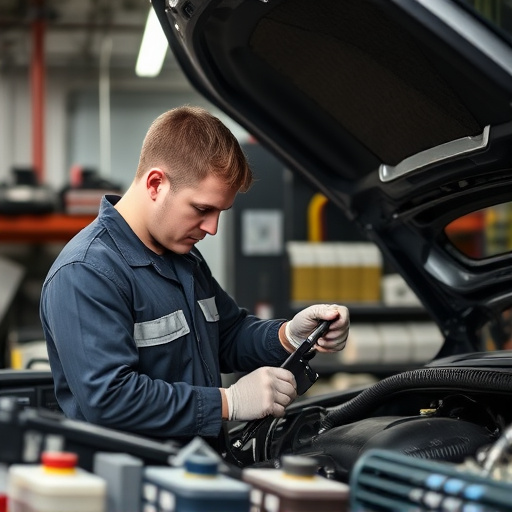
Tesla Battery Protection Systems are designed to safeguard the vehicle’s lithium-ion battery pack from potential damage during a collision or accident. This advanced technology plays a crucial role in ensuring the safety and longevity of the Model 3’s battery, which is a vital component of its electric powertrain. In the event of a fender bender or collision, these systems swiftly activate to minimize the risk of internal shorts or other critical failures that could compromise the battery’s performance or even lead to an explosion.
Understanding how these protection mechanisms work is essential for Model 3 owners. The system typically involves sensors and microcontrollers that monitor various parameters such as temperature, pressure, and current flow. When a sudden impact is detected, these components trigger responses like isolating the battery from the vehicle’s electrical system or redirecting energy to absorb shock forces, thereby preventing structural damage to the car body restoration and preserving the integrity of the battery pack.
Common Issues and Causes of Battery Damage in Model 3
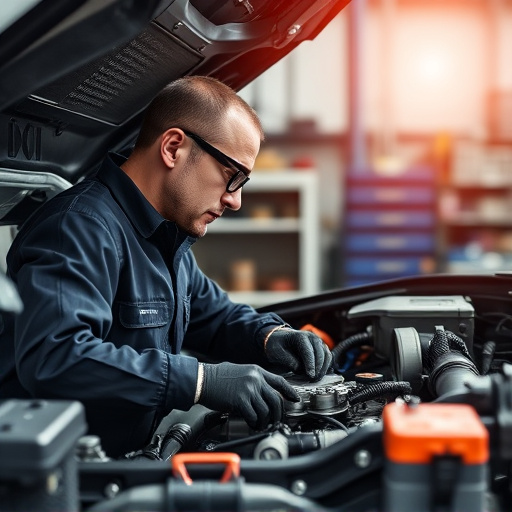
Tesla Model 3 owners often face concerns regarding their vehicle’s battery health, which can be attributed to several common issues and causes. Extreme temperature fluctuations are a significant factor; prolonged exposure to heat or cold can degrade the battery’s performance over time. Additionally, frequent rapid charging and discharging cycles can lead to internal damage, shortening the battery’s lifespan.
Another critical aspect is accidental damage, such as dents or cracks in the battery casing, which can compromise its structural integrity. In-car accidents or even minor collisions may result in battery protection repair needs. Moreover, issues within the vehicle’s electrical system, like short circuits or faulty wiring, can cause localized damage, requiring expert intervention from a reputable automotive body work or collision repair center to ensure safe and effective Tesla battery protection repair.
Repair Options and Maintenance Tips for Optimal Battery Lifespan

Tesla Battery Protection Repair plays a pivotal role in ensuring optimal performance and longevity for Model 3 owners. When it comes to repair options, several specialized services are available tailored specifically to address Tesla battery issues. These repairs can range from software updates to hardware replacements, focusing on fixing problems like voltage fluctuations, thermal management issues, or damage caused by external factors.
To maintain your Model 3’s battery health and lifespan, regular care is essential. Simple yet effective maintenance tips include keeping the vehicle charged within a specific range, avoiding extreme temperatures, and minimizing rapid charging cycles. Additionally, ensuring proper ventilation and preventing physical damage during parking can significantly contribute to extending the battery’s lifespan. Remember, just as with any high-tech component, proactive care and timely repairs are key to safeguarding your Tesla’s battery protection repair needs and overall performance.
For Model 3 owners, prioritizing Tesla battery protection repair is essential for maintaining optimal vehicle performance. By understanding common issues, such as thermal damage or voltage fluctuations, and implementing regular maintenance practices, you can extend the lifespan of your car’s battery. Remember, a well-maintained battery not only ensures better range but also contributes to the overall longevity of your electric vehicle. Stay proactive, and keep your Model 3 running smoothly on clean energy for years to come.







